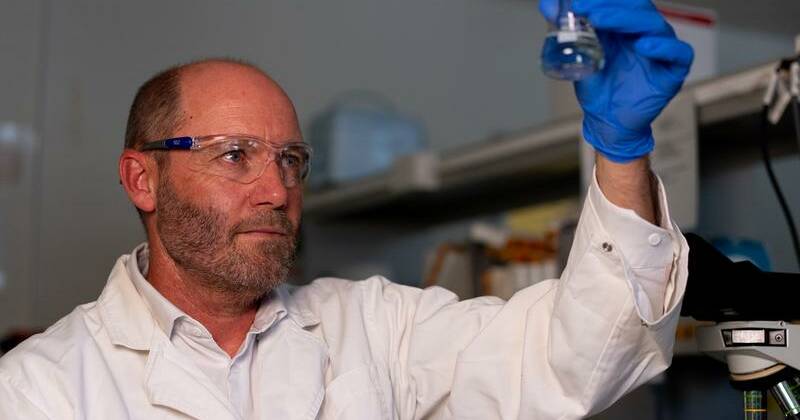
Male fertility could face significant challenges due to exposure to “forever chemicals,” according to a recent study conducted on animals. This research raises concerns about potential generational effects, especially in communities exposed to these substances.
PFAS, or per- and polyfluoroalkyl substances, are a group of 15,000 toxic, synthetic chemicals known for their resistance to heat, stains, and grease. While the science around these chemicals is still evolving, previous studies have linked PFAS exposure to increased cholesterol levels, reduced kidney function, lower birth weight in babies, and other health issues.
Newcastle University Study: A Closer Look
A study by the University of Newcastle has focused on the impact of PFAS on male reproductive health in animals, aiming to establish any causal links between these chemicals and sperm health. The research involved exposing male mice to PFAS-contaminated water at concentrations reflecting real-world environmental exposure, particularly in the Williamtown area of the NSW Hunter region.
Historically, PFAS chemicals were used in firefighting foam at the Williamtown RAAF base, and have since been detected in surface water, groundwater, and some fish species in nearby waterways. This has heightened concerns about the long-term health implications for local residents.
Findings and Implications
The decision to focus on male infertility was based on the sensitivity of sperm as biomarkers of damage, explained study co-lead Professor Brett Nixon. “Sperm pass on half the genetic information to the next generation, so if there is any damage to that, it has implications for the embryo,” he said.
“The first thing we found is that the PFAS accumulated in the body, we detected higher levels of PFAS than we were administering … male hormones within the mice produced by the testes were also significantly reduced.” – Professor Brett Nixon
While the sperm of PFAS-exposed mice appeared normal in terms of appearance and behavior, researchers discovered hidden changes. These changes manifested as abnormal gene expression in fertilized early embryos, suggesting potential long-term effects on fertility.
Community Impact and Future Research
The research is particularly relevant for communities like Williamtown, where PFAS contamination is a known issue. Dr. Jacinta Martin emphasized the importance of understanding these changes in mice to investigate similar effects in humans exposed to PFAS.
“PFAS chemicals are metabolized differently in humans to animals but it gives us some guidance as to what might be happening in the genes.” – Professor Brett Nixon
Professor Nixon further highlighted the need to understand these genetic changes to develop interventions that could help the body excrete PFAS more effectively. “It’s really important to raise awareness without being alarmist,” he added.
Looking Ahead: The Path to Solutions
This study opens the door for further research into the effects of PFAS on human fertility and health. Researchers are now focusing on identifying specific genetic changes in humans that mirror those found in the animal study, which could lead to targeted interventions and policy changes.
As the scientific community continues to explore the implications of PFAS exposure, public awareness and regulatory measures will play crucial roles in mitigating the risks associated with these persistent chemicals.
The findings from this study underscore the urgent need for comprehensive strategies to address PFAS contamination and protect future generations from its potential health impacts.







